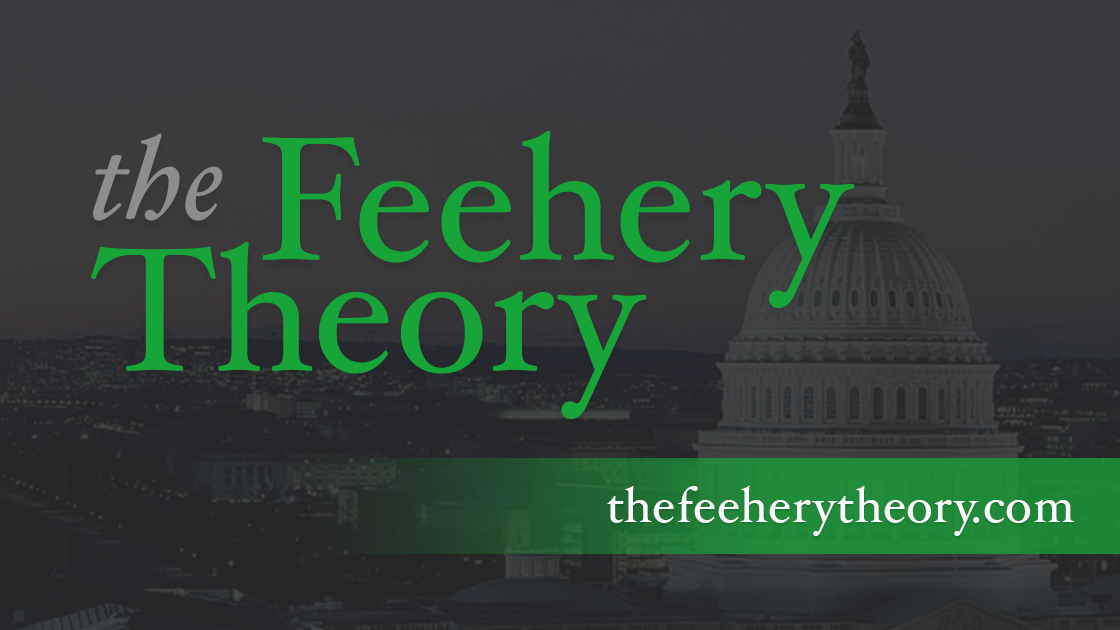The Ron Paul Party
Posted on November 20, 2009
The Ron Paul Party
During last year’s Presidential primary campaign, nobody took seriously the candidacy of Ron Paul. He wasn’t a real candidate because he was a self-avowed libertarian. His anti-war views were seen as being out of the mainstream of both the Republican and Democrat parties. His call for a return of the gold standard and an abolition of the Federal Reserve were seen as kooky. In fact, he was so out of mainstream, some tried to keep him out of the Presidential primary debates.
And then he launched an internet campaign, and all of a sudden, the media was paying attention, if not to his message, than at least to his impressive fundraising numbers. He raised as much, if not more, than most Republican candidates. He was serious, if not a serious candidate, he was a serious pain in the neck to the leading candidates.
Ron Paul could never translate the enthusiasm of his supporters into a real force in the primaries. He never seriously threatened to win any of the major primary states. But those losses in last year’s campaigns didn’t mean that Ron Paul or his ideas have gone away. In fact, you can make the case, that in many significant ways, the GOP is Ron Paul’s party now.
Just take a look at the Tea Party movement. What they are calling for, a sharply limited government, a strict adherence to the Constitution, gun rights, and no more taxes, comes right out of the Paul playbook.
Anger at Wall Street bailouts and government intrusion in the marketplace? That reflects Ron Paul’s antipathy to corporate interests and adherence to the economic philosophy of Ludwig Von Mises and Friederich Hayek’s free market conservatism.
Demand for greater transparency of the Federal Reserve? That reflects Paul desire, as he titled in a new book, to End the Fed. In fact, Paul has been so successful in his anti-Fed campaign, that his legislation to demand that the Fed open its books to the General Accounting Office, is slated to be on the House floor as early as December, and has close to 300 co-sponsors.
Even some elements of the tea party movement have called for the U.S. to sharply scale back its international presence, pull out of Iraq and Afghanistan, and end the Patriot Act.
Paul is known in Congress as Dr. No. The Republicans have been accused of being the Party of No.
Senator Lindsey Graham was accosted at a town hall meeting earlier this year for not being sufficiently conservative. It was Ron Paul acolytes who disrupted the town hall meeting, and a rhetorical brawl ensued between Paul and Graham.
Ron Paul’s vision of America is one that has sharply limits the size and scope of the federal government. He would legalize pot and allow internet gambling. He would get rid of the Fed and go back to the Gold Standard. He would end the Patriot Act, and sharply limit the size of the Pentagon. He would require that every act of war be authorized by a vote in Congress. He would require that we bring our troops home from Germany and Japan, and pretty much anywhere else the globe. America would no longer be the world’s police man. He would get rid of Social Security and Medicare.
Ron Paul’s ideas are now winning the day for many more conservative Republicans. His antipathy towards the big corporations and towards big government is shared by millions of Americans who are tired of being screwed over by the “man”.
This is a real movement, one that requires the engagement of more traditional conservatives.
We, as a country, have a choice to make. We can continue to be a great power, one that promotes the interests of peace and democracy at home and abroad, one that establishes a safety net for those who can’t take care of themselves, and one that takes an active role in promoting the general welfare of the country. Or we can become much more libertarian, we can pull back from the world, we can become a slow-growth country that relies on a gold-backed currency.
Ron Paul’s vision seems to be very popular with many Republicans these days. I don’t think its sustainable over the long term though.
